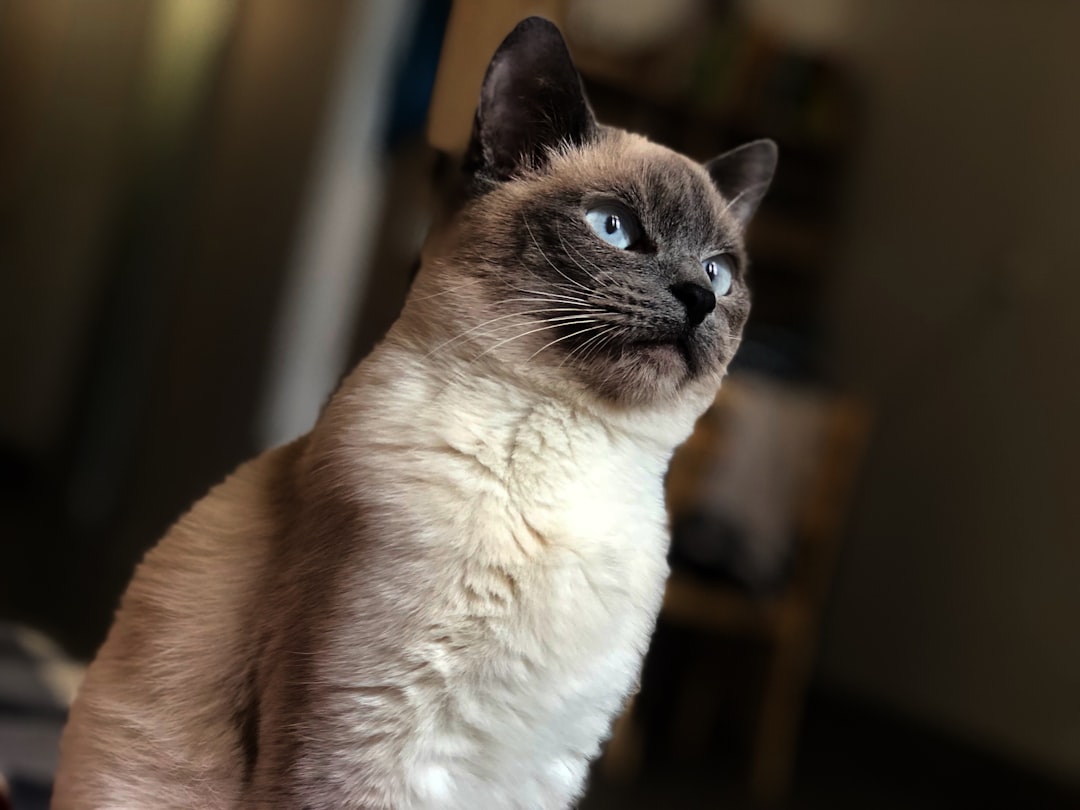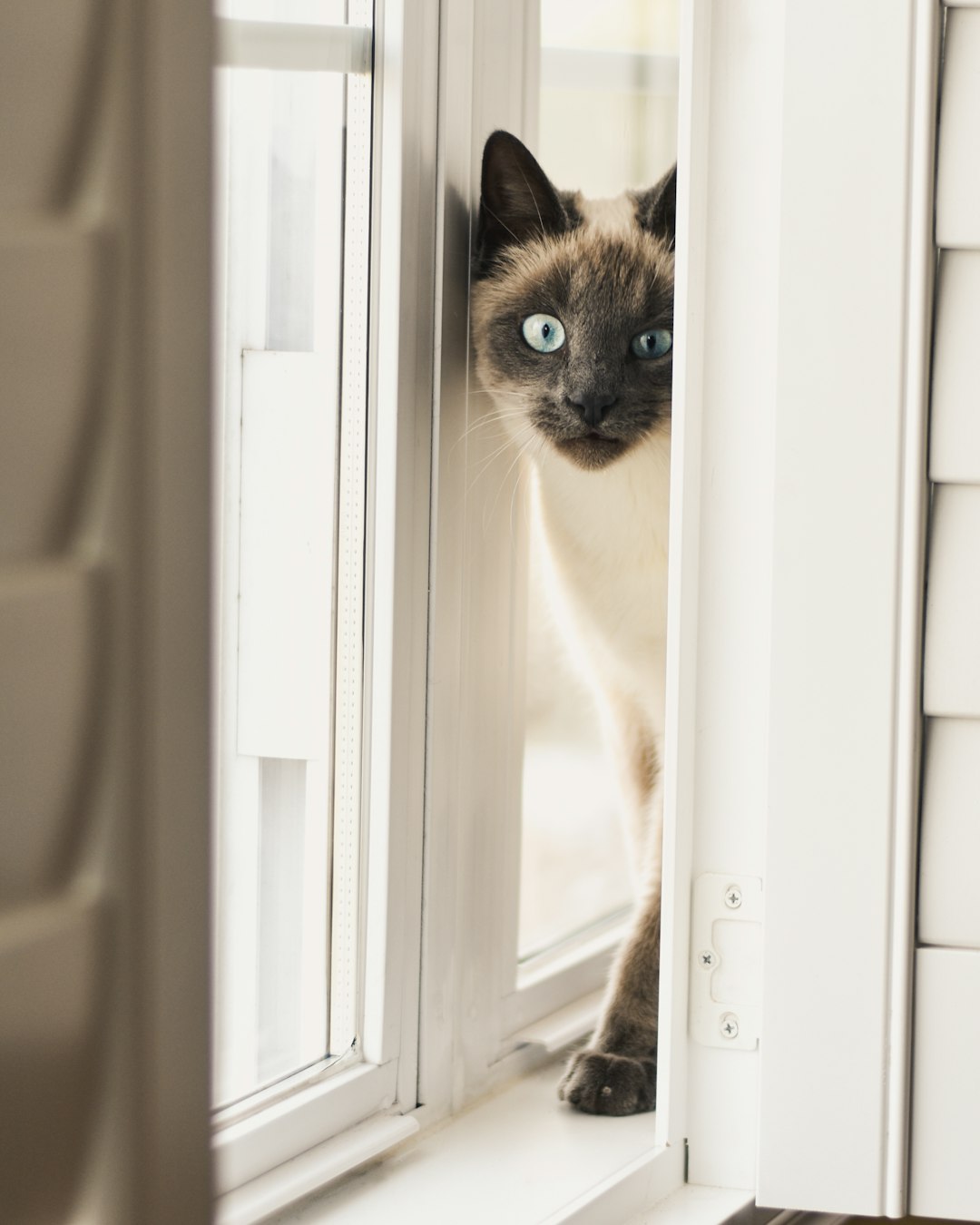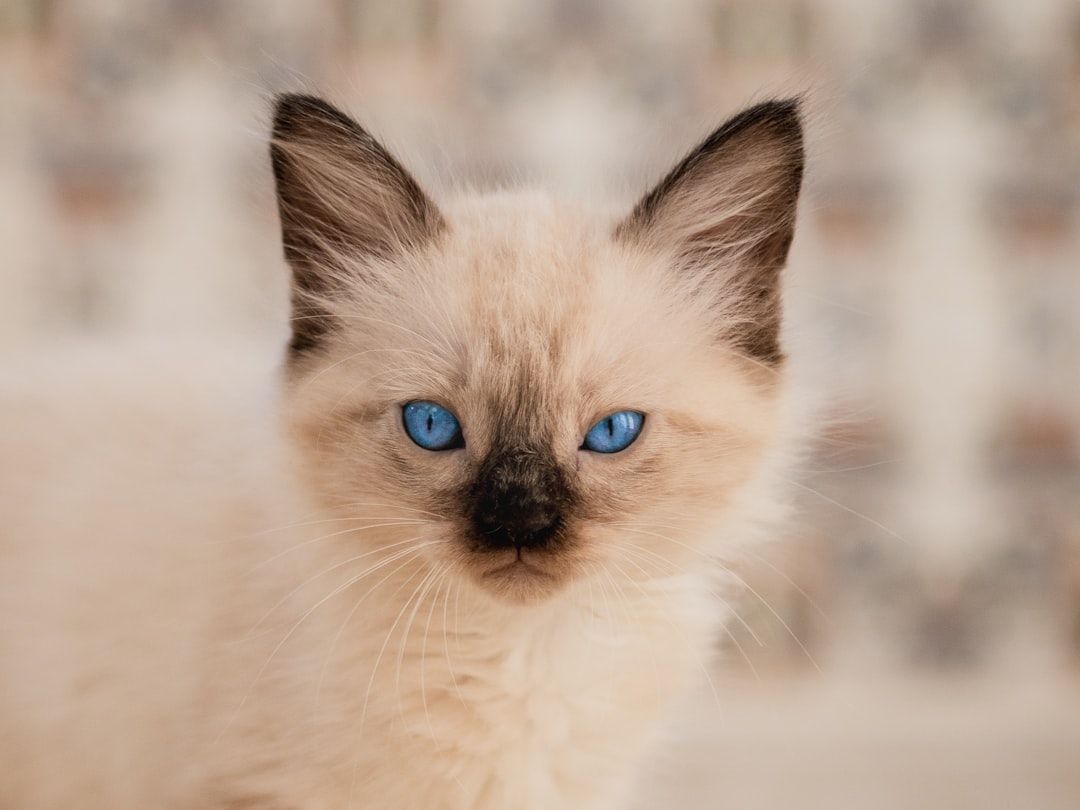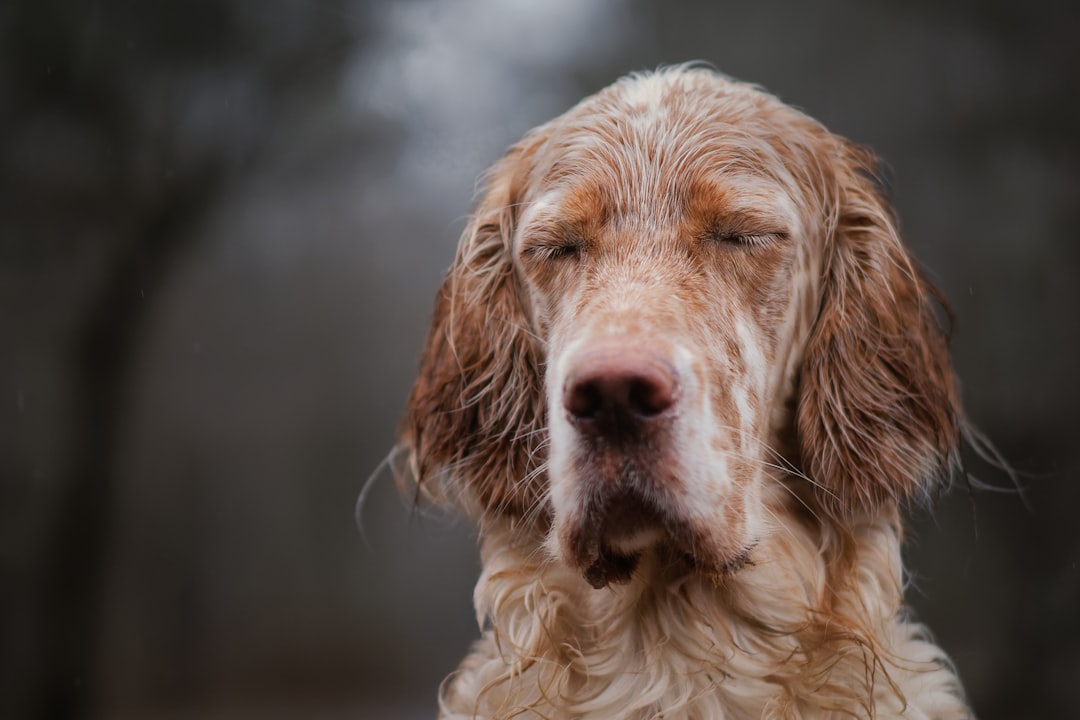Kittens are like tiny furry tornadoes—full of energy, curiosity, and, oh yes, the need for proper nutrition! Just like a superhero needs their gadgets, your little furball requires the right kitten food to thrive. Understanding their essential nutritional needs isn’t just a matter of choice; it’s a mission to ensure they grow up strong and healthy. So, buckle up as we embark on a purring journey through the delightful world of kitten nourishment, where every ingredient counts towards their future feline adventures!
Understanding Kitten Nutritional Requirements

When it comes to choosing the right kitten food, understanding the unique nutritional requirements of your fluffy friend is paramount. Kittens are like tiny sponges, soaking up nutrients needed for healthy growth and development. Here’s the lowdown on what makes a purr-fect kitten diet:
- High Protein Content: Look for kitten food with at least 30% protein. This is crucial for muscle development and overall health.
- DHA and ARA: These beneficial fatty acids support brain and eye development. They’re found in high-quality kitten food.
- Balanced Vitamins and Minerals: Your kitten needs a mix of vitamins (like A, D, and E) and minerals (like calcium and phosphorus) for bone and immune health.
Here’s a quick comparison to help you choose the right option:
| Nutrient | Recommended Levels |
|---|---|
| Protein | 30%+ |
| Fat | 20%+ |
| Calcium | 0.8% – 1.2% |
| Phosphorus | 0.6% – 1.1% |
Remember, quality kitten food can set your kitten on the path to a healthy, happy life—so read those labels and make informed choices!
Importance of Protein in Kitten Food

When it comes to kitten food, protein is the superstar nutrient that your furry friend needs. Why? Well, kittens grow faster than you can say “cute fluffball”, and protein fuels that rapid growth. Here’s why protein plays an essential role in your kitten’s diet:
- Muscle Development: It helps build strong muscles. Who doesn’t want their kitten to be the next feline Olympic champion?
- Healthy Immune System: Protein supports a robust immune system, keeping those pesky hairballs and sneezes away.
- Energy Boost: Growing kittens need energy! Protein-packed foods provide the stamina to bounce around and chase imaginary pests.
The Protein Powerhouse
When you’re scanning those kitten food labels, look for high-quality sources of protein, such as:
| Protein Source | Quality |
|---|---|
| Chicken | Excellent |
| Salmon | Excellent |
| Beef | Good |
| Plant-Based Proteins | Moderate |
Tip: Aim for a kitten food with a minimum of 30-40% protein for optimum development. Remember, happy kitten = happy human! So, stock up on that protein-rich kitten food and watch your little ball of energy thrive.
Essential Vitamins and Minerals for Growing Kittens

When it comes to kitten food, vitamins and minerals play a crucial role in transforming your tiny furball into an agile acrobat. It might sound like a science lesson, but these nutrients are vital for their growth, development, and overall health. Here’s the breakdown:
Essential Vitamins
- Vitamin A: Supports vision and immune function.
- B vitamins (B1, B2, B6, B12): Boost energy metabolism and ensure a healthy nervous system.
- Vitamin D: Promotes calcium absorption for strong, sturdy bones.
Key Minerals
- Calcium: Essential for healthy bones and teeth.
- Phosphorus: Works hand-in-hand with calcium for bone formation and energy production.
- Taurine: A must for heart health and vision; lack of taurine can lead to serious issues.
In summary, your kitten food should provide a balanced mix of these vitamins and minerals. Always check the label for phrases like “complete and balanced” to ensure you’re giving your little companion the culinary boost they need to thrive! After all, a well-nourished kitten equals a happy, playful furball!
The Role of Fat in Kitten Diets
When it comes to kitten food, fat often gets a bad rap, but in reality, it’s a crucial player in your furry friend’s development! Think of fat as the magic potion that fuels your kitten’s playful antics and solidifies that adorable little belly. Here’s why you shouldn’t skimp on the good stuff:
- Energy Boost: Kittens are tiny balls of energy. Fat is a concentrated source of energy, providing around 9 calories per gram, compared to protein and carbohydrates, which only offer about 4 calories per gram.
- Absorption of Nutrients: Some vitamins, like A, D, E, and K, are fat-soluble. This means they need fat to be effectively absorbed into the body, ensuring your kitten grows up healthy and happy!
- Skin and Coat Health: Healthy fats contribute to a shiny coat and supple skin, making your kitten not just healthy internally, but also looking like a million bucks.
Comparing Fats in Kitten Food
| Type of Fat | Benefits |
|---|---|
| Omega-3 Fatty Acids | Reduces inflammation, promotes brain health |
| Omega-6 Fatty Acids | Supports healthy skin and coat |
In conclusion, when selecting the right kitten food, don’t shy away from fat. Embrace it! Your little furball will thrive with a balanced diet that includes the right kinds of fats.
Choosing Between Dry and Wet Food
When it comes to kitten food, the eternal debate rages: dry or wet? Fear not, for we’re about to break it down, lovebirds!
Dry Kitten Food
- Pros:
- Convenient for free-feeding.
- Helps reduce plaque on those tiny teeth.
- Generally more economical.
- Cons:
- Lower moisture content—hello, hydration problems!
- May not have the same palatability (goodbye, picky eaters!).
Wet Kitten Food
- Pros:
- High moisture levels—your kitty’s hydration hero!
- More appealing aroma and taste—thank you, gourmet chefs!
- Cons:
- Can be pricier.
- Leftovers might not last—turning into science experiments in your fridge!
The Best of Both Worlds
Consider a mix! Combining dry and wet kitten food can provide the hydration and dental benefits your little furball needs. Just make sure to monitor portion sizes to prevent overfeeding!
In a nutshell, both options have their perks. Choose what fits your kitten’s preferences and your lifestyle—after all, a well-fed kitten is a happy kitten!
Transitioning Your Kitten to New Food
Ah, the delicate art of introducing new kitten food—it’s like a culinary handoff that requires finesse! Kittens can be notoriously picky, so let’s ensure that transition goes as smoothly as a cat’s purring.
Follow these tasty tips:
- Gradual Shift: Start by mixing the new kitten food with the old. For the first few days, introduce a ratio of 75% old food to 25% new. Gradually tweak it to 50/50 and then 25/75 until your kitty is wholly converted!
- Observe Reactions: Keep an eye—no, a hawk-like watch—on your kitten’s behavior and stool. If your little furball doesn’t protest and everything remains regular, you’re golden!
- Stick to a Schedule: Feed at the same times each day. Consistency makes your kitten feel secure when trying new kitten food flavors.
- Treats: Use Sparingly: A sprinkle of that beloved treat can ease the transition, but don’t overdo it—after all, we want a healthy belly, not a full one!
With these strategies, you’ll have your kitten munching on that new, nutritious kitten food in no time!
Common Feeding Mistakes to Avoid
Feeding your little furball should be more fun than a game of pounce! However, many pet parents trip up on common kitten food pitfalls. Here’s how to avoid those clumsy missteps:
- Overfeeding: It’s tempting to shower your kitten with love (and food), but keep portions in check. Too much kitten food can lead to obesity faster than you can say “catnip.”
- Inconsistent Feeding Schedule: Kittens thrive on routine. Regular meal times help them understand when to expect their next nibble.
- Ignoring Ingredients: Some kitten food brands prioritize fillers over nutrition. Always read labels to ensure your kitten gets quality protein and essential vitamins.
- Neglecting Hydration: Dry food is a popular choice, yet remember to provide fresh water. Kittens often overlook hydration, which can lead to urinary issues.
- Switching Too Quickly: Abrupt changes in diet can upset tiny tummies. Introduce new kitten food gradually to ease the transition.
Remember, keeping your kitten’s diet balanced and nutritious fosters healthy growth and playful antics!
Common Feeding Mistakes to Avoid
When it comes to selecting the right kitten food, even the best pet parents can stumble into a feeding faux pas. Here’s a quick rundown of common mishaps to steer clear of:
- Overfeeding: Kittens are like little furry vacuum cleaners. Their adorable begs can lead to spoonfuls of too much food. Stick to the recommended serving sizes and watch that waistline!
- Ignoring Nutritional Labels: Not all kitten food is created equal. Always read the labels and look for high-quality protein sources, essential vitamins, and minerals. If chicken isn’t the first ingredient, put that bag back on the shelf.
- Inconsistent Feeding Schedule: Kittens thrive on routine. Regular feeding times help with digestion and prevent overeating. Establish a schedule and stick to it.
- Avoiding Vet Recommendations: Your vet is your best resource for kitten nutrition. If they suggest a specific brand or formula, take their advice seriously.
Remember, healthy eating habits lay the groundwork for a happy, robust kitty! So, keep these common mistakes in mind, and your little feline friend will thrive on the right kitten food.
Frequently Asked Questions
What should I look for in kitten food?
Choosing the right kitten food is akin to finding the perfect partner – it must be a blend of quality, balance, and nutritional value! Look for food that lists meat as the first ingredient, loaded with proteins and essential nutrients tailored for kittens. Omega fatty acids, taurine, and DHA (which promotes brain development) are also a must-have in your kitty’s diet. And let’s not forget – avoid fillers like corn and soy, as your little diva deserves only the best!
How often should I feed my kitten?
Feeding your kitten isn’t a one-size-fits-all deal; it’s more like a dance routine! Kittens require frequent meals throughout the day—about three to four times daily is the sweet spot until they turn about six months old. Afterward, you can gradually transition to twice a day. Always keep an eye on their food intake, and remember, portion control is crucial because it’s easy for them to become little furry butterballs if overfed!
Can I switch my kitten’s food?
Absolutely, but it’s a delicate dance! Sudden changes in diet can lead to tummy turmoil. When switching your kitten’s food, do your cha-cha over a week or so, mixing a little of the new food with the old. Gradually increase the new food’s proportion as your kitty begins to groove with their new diet. This way, you’ll avoid any gastrointestinal missteps and keep their appetite as vivacious as their personality!
Is wet food better than dry food for kittens?
Ah, the eternal debate: wet versus dry! Both have their merits, but think of wet food as the smooth jazz of kitten cuisine—rich, palatable, and great for hydration, especially if your little explorer isn’t chugging down enough H2O. Dry food, on the other paw, is like the upbeat pop song: practical, keeps teeth clean, and can be left out without worry. A balanced mix of both can hit just the right notes for your furry friend’s health!



